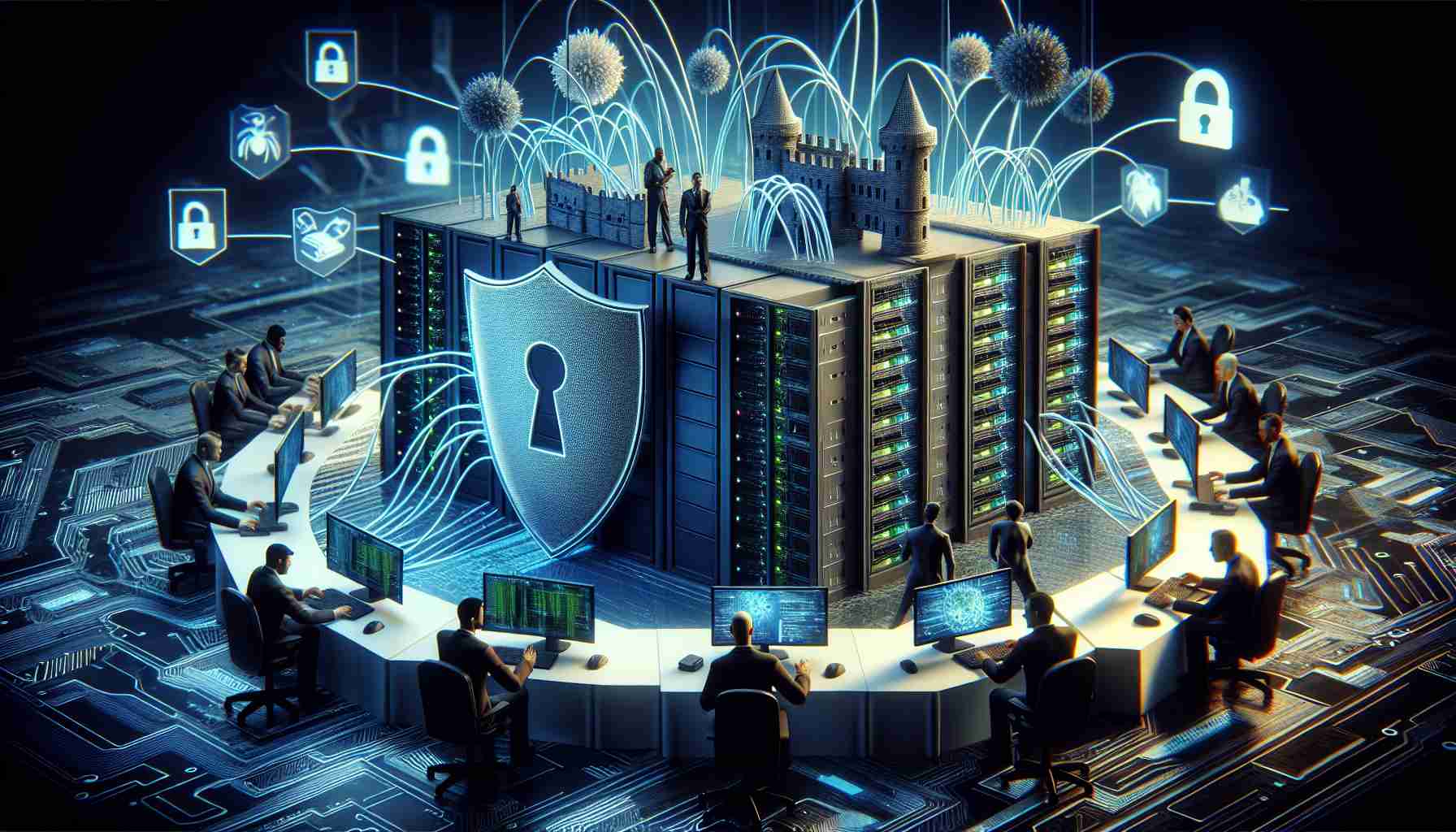Encountering evolving challenges in longstanding network protocols underscores the need for continuous vigilance. A recent revelation in the cybersecurity realm has brought to light a critical vulnerability within the RADIUS authentication protocol, a technology deeply rooted in the annals of networking history.
Originally conceived in 1991 and later formalized as an industry standard in 1997 under RFC 2058, RADIUS has served as a cornerstone for user authentication in various network services. Over the years, its utility has expanded to encompass a wide array of applications, including enterprise networks, VPN access, ISP services, Wi-Fi authentication, and cellular network authentication.
The vulnerability, ominously named “BlastRADIUS” (CVE-2024-3596), poses a significant threat by enabling malicious actors to execute man-in-the-middle attacks, potentially granting unauthorized access to crucial network assets. The intrinsic fragility of RADIUS, stemming from outdated cryptographic techniques, lays the groundwork for exploitation through the manipulation of protocol weaknesses.
In response to this looming menace, network administrators are urged to swiftly apply patches provided by vendors and reinforce RADIUS communication with modern cryptographic standards. Esteemed cybersecurity professionals advocate for a proactive shift towards secure authentication protocols that align with contemporary security paradigms, steering the industry towards a future fortified against emerging threats.
Amidst the dynamic cybersecurity landscape, the imperative remains clear: fortify network defenses through the strategic adoption of robust, future-ready solutions.
FAQ Section:
1. What is the RADIUS authentication protocol?
– The RADIUS authentication protocol is a technology developed in 1991 and standardized in 1997 under RFC 2058. It is widely used for user authentication in various network services.
2. What is the “BlastRADIUS” vulnerability (CVE-2024-3596)?
– The “BlastRADIUS” vulnerability is a critical flaw in the RADIUS protocol that allows malicious actors to conduct man-in-the-middle attacks, potentially gaining unauthorized access to important network assets.
3. How can network administrators mitigate the risks posed by the BlastRADIUS vulnerability?
– Network administrators are advised to promptly apply patches provided by vendors and enhance RADIUS communication with modern cryptographic standards to strengthen security measures.
4. What are some of the applications that rely on the RADIUS authentication protocol?
– RADIUS is utilized in various applications, including enterprise networks, VPN access, ISP services, Wi-Fi authentication, and cellular network authentication.
Key Terms:
– RADIUS (Remote Authentication Dial-In User Service): A protocol developed for authenticating users to a central network server.
– Man-in-the-Middle Attack: A type of cyber attack where the attacker intercepts communication between two parties without their knowledge.
Related Links:
– Cybersecurity Domain










